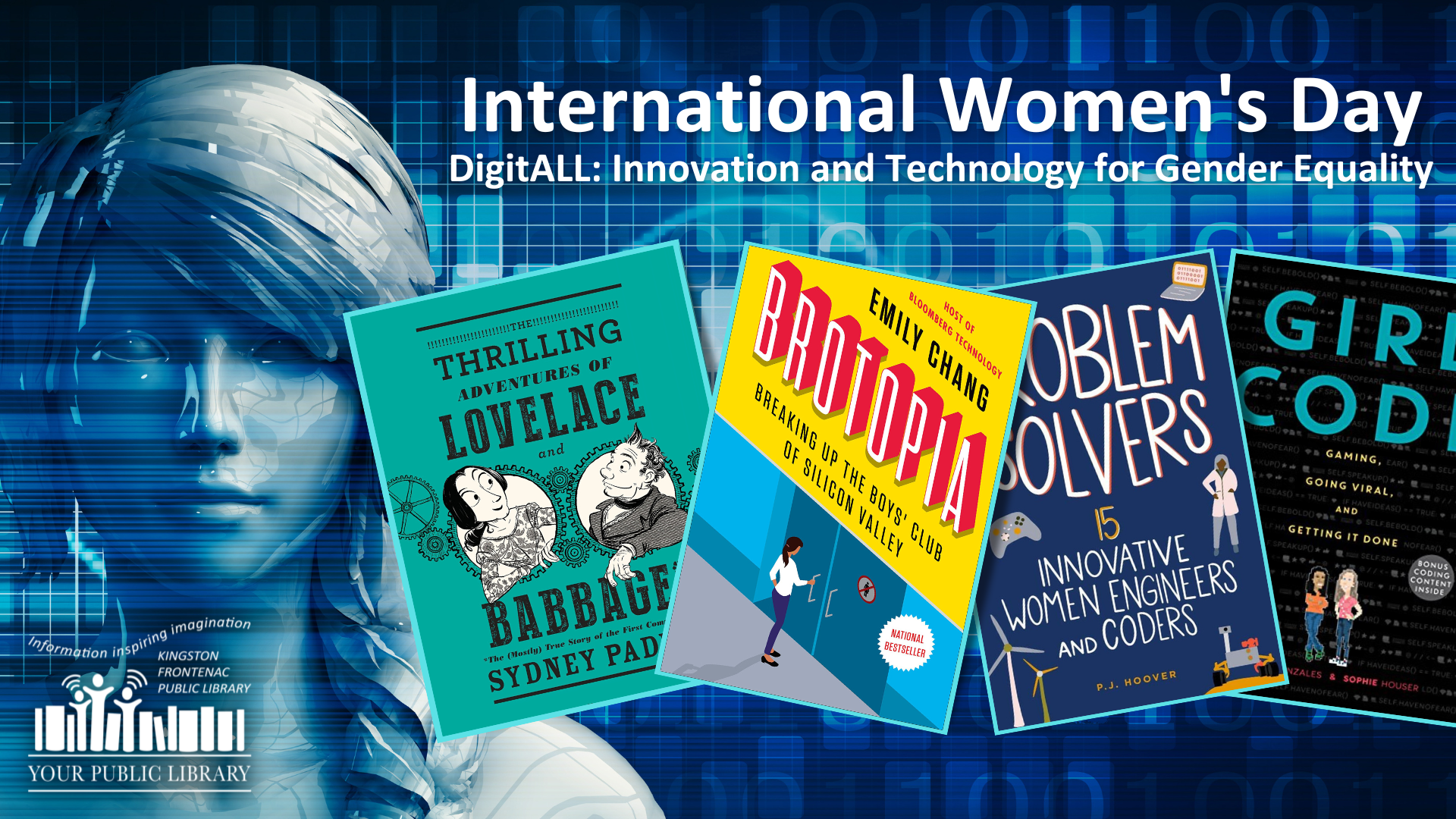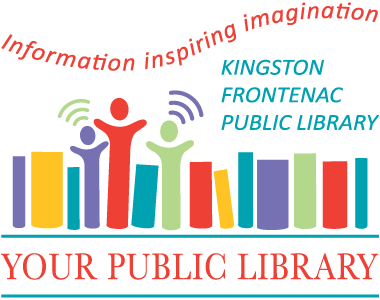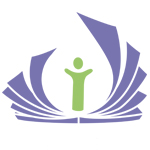
March 8th is International Women’s Day, and the UN’s theme for 2023 is DigitALL: Innovation and technology for gender equality. Check out these nonfiction selections and be inspired by some incredible women in STEM, past and present, and learn about the barriers to digital gender equality that still exist today.
How To Hear The Universe: Gaby Gonzalez and the Search for the Einstein’s Ripples in Space-Time by Patricia Valdez
A winsome book about an Argentinian physicist, Gaby Gonzalez, who built machines in 2015 that detected ripples in space-time, thus supporting Einstein’s Theory of Relativity. The tale of this astounding discovery will spark curiosity and a strong desire to learn more about our universe’s mysteries. Ages 4-10.
Maryam’s Magic: The Story of Mathematician Maryam Mirzakhani by Megan Reid
This delightful and colourful children’s book is all about award-winning Iranian mathematician Maryam Mirzakhani who used her creativity and artistry to approach geometry in a new way. Inspirational and heart-warming! Ages 4-10.
Girl Code: Gaming, Going Viral and Getting It Done by Andrea Gonzales & Sophie Houser
The teen creators of the viral video game, Tampon Run, tell their story of being coders in a male-dominated industry in this New York Public Library’s Best Book of 2017. Filled with humour and down-to-earth advice, this book will appeal to all aspiring coders. Ages 12+.
Problem Solvers: 15 Innovative Women Engineers and Coders by P.J. Hoover
The fascinating stories of 15 innovative and diverse women overcoming obstacles in technology-related fields will motivate and energize young women considering careers in engineering and computer science. Ages 12+.
Broad Band: The Untold Story of The Women Who Made The Internet by Claire Lisa Evans
This first social history book about women in technology exposes the truth: women have always been an integral part of computer innovation. A compelling read for lovers of history about the keenly intelligent, mathematically-inclined and oft-forgotten women who wrote code, invented software, and created computer languages.
Brotopia: Breaking Up the Boys’ Club of Silicon Valley by Emily Chang
Written by hard-hitting tech journalist Emily Chang, the real-life stories from dozens of women reveal the deeply sexist, and often sleazy, underbelly of today's tech world that will both engage and enrage readers, keeping them turning the pages right to the very end.
Hedy Lamarr: An Incredible Life by William Roy
In this graphic novel biography, learn about the iconic Hollywood star and brilliant inventor, Heddy Lamarr, who developed and patented frequency hopping technology during WWII — a precursor to WiFiI — only to be dismissed because of her gender and her beauty. Insightful and heart-breaking.
Hidden Figures: The American Dream and The Untold Story Of Black Women Mathematicians Who Helped Win The Space Race by Margot Lee Shetterly
Shetterly chronicles the lives of several Black American women who worked for NASA in mathematics and engineering for over three decades, from WWII through the Cold War and the Space Race. With wide appeal across age, gender, and race, this meticulously researched book is also the basis for both a children’s book and a well-known movie, both by the same name as the original.
I Am Not A Slut: Slut-Shaming In The Age Of The Internet by Leora Tanebaum
Feminist author Tanebaum deftly analyzes the dangers perpetuated by sexual double standards in this prescient 2015 book. An engrossing mix of hard facts and gut-wrenching anecdotes, it is an especially timely read right now, considering the recent #MeToo movement.
The Thrilling Adventures of Lovelace and Babbage: The (Mostly) True Story of the First Computer by Sydney Padua
This rollicking graphic novel is as fun and ingenious as its main character, Countess Ada Lovelace, the real-life woman widely considered the world’s first computer programmer. Set in an alternate reality where Ada and her partner, inventor Charles Babbage, finish their Analytical Engine and use it to fight crime in Victorian England, this quirky story with extensive footnotes will appeal to math geeks and historians alike.














